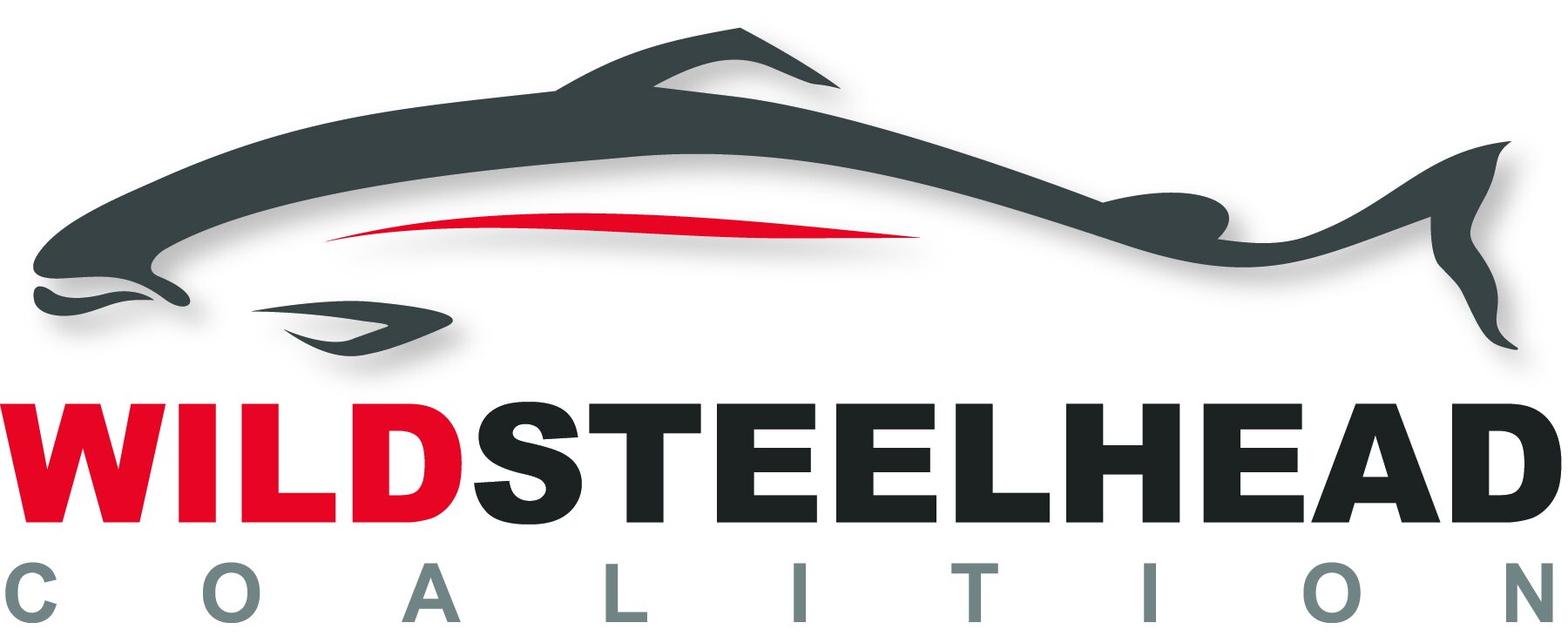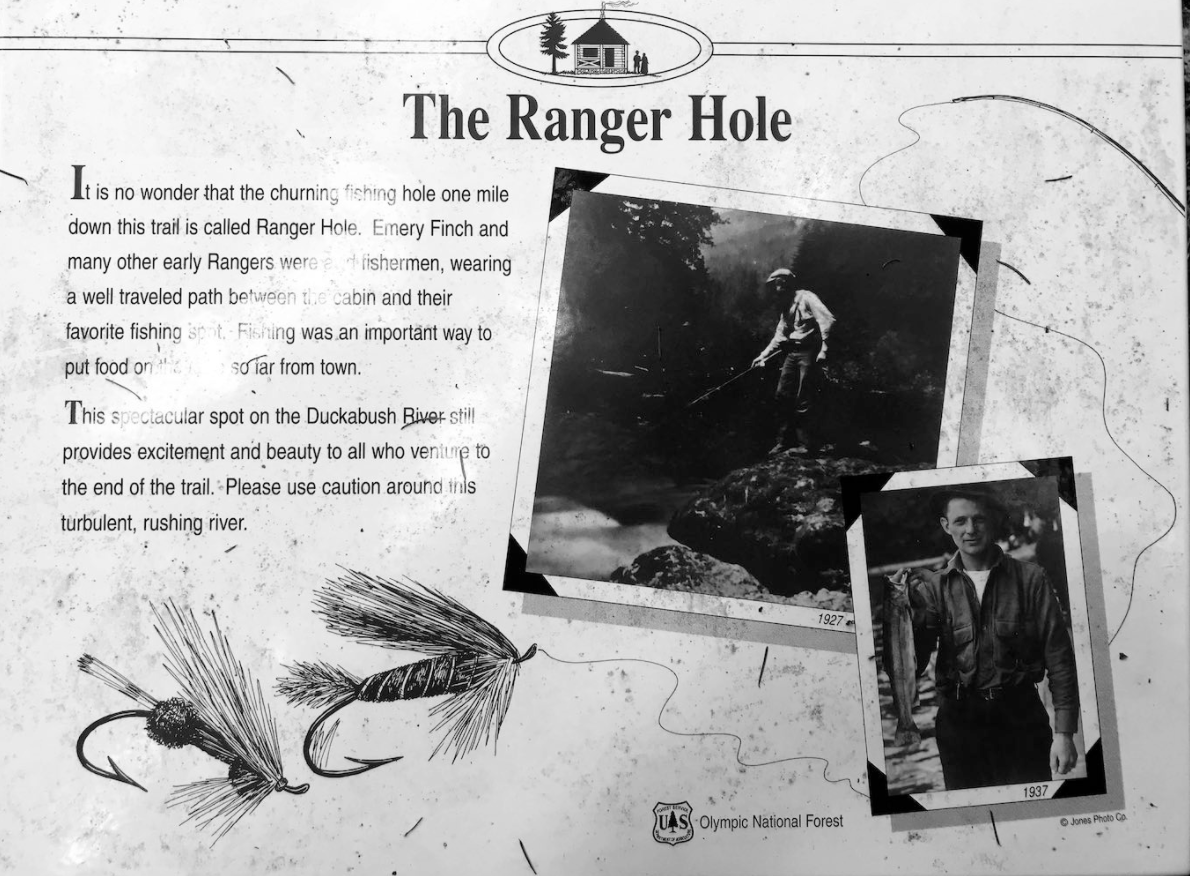Ghosts of Steelhead Past
Above the water’s surface, Hood Canal, Washington resembles a sportsperson’s paradise. From camping on the beach to hiking to rugged alpine lakes, to chasing deer and elk in thick timber, to foraging clams and oysters when the tide is out, outdoor opportunities abound in this verdant country. However, when you venture beneath the water’s surface and wade into the gorgeous, raucous rivers that carve up this stunning corner of Washington, you begin to see that something iconic is missing.
“Come for the clams and oysters, but don’t bother coming for the steelhead.” I stumbled across this haunting quote during the final dismal season of steelhead angling on Hood Canal. This quote turned out to be a harbinger of what was to come as Hood Canal rivers entered a long chapter of closure due to low returns of wild steelhead.
To many steelheaders today, the Hood Canal streams are just blue lines on a section of the map not worth exploring or knowing about. But to a whole generation of anglers, these streams hold a historic niche of local steelhead culture known only to the anglers fortunate enough to have ventured onto their banks, navigated through their sheer canyon walls, and made these rivers an indelible component of their lives.
The special spots on this network of coastal streams were memorialized with monikers. The Ranger Hole on the Duckabush, the Skokomish’s Church Hole, the Blue Hole on the Hamma Hamma, and the Bridge Hole on the Dosewallips. These iconic steelhead pools were beautiful places where you would bank on seeing steelhead holding in clear, winter water and pray that one would accept your offering.

